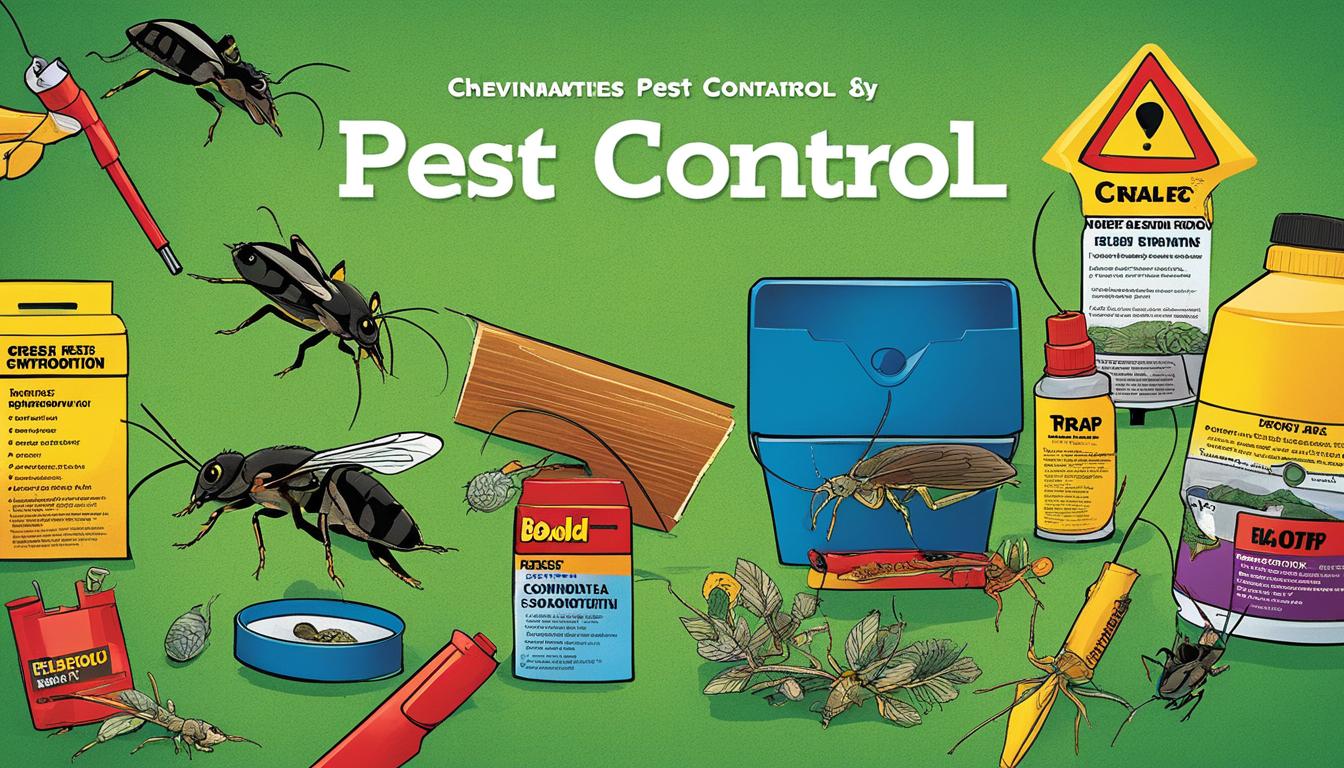The Main Principles Of Pest Control
About Pest Control
Table of Contents6 Easy Facts About Pest Control DescribedWhat Does Pest Control Do?The smart Trick of Pest Control That Nobody is Talking AboutThe Main Principles Of Pest Control The 4-Minute Rule for Pest Control
Limitations of Chemical Monitoring Be able to assess bug problems, figure out if monitoring is necessary, and make ideal referrals making use of IPM methods. Be familiar with various approaches of parasite management - their advantages and constraints.This chapter goes over (IPM), a technique that uses expertise regarding bugs and their, practices, nonchemical methods, and chemicals to take care of pest troubles. Added info regarding IPM for details plants is consisted of in phases that focus on those plants. Nonchemical parasite control steps are emphasized in phase 17, "Organic Horticulture." Managing birds and animals is covered in chapter 20, "Wildlife." Taking care of in the backyard and yard is covered in chapter 6, "Weeds." Bugs in a yard or landscape may include pests and mites, weeds,, mammals, and birds.
Insects and weeds, nevertheless, play a role in the. After planting a yard or establishing a lawn, the all-natural procedure of plant succession starts to reestablish and nonnative plants.
What we call "insects" are component of an all-natural system at job. Just human beings take into consideration particular species parasites when they happen where they are not desired.
About Pest Control
Insects vulnerable to a chemical were quickly killed, leaving immune ones to breed and increase. It ended up being clear that chemicals alone would certainly not resolve all insect issues. Instead, overuse of pesticides triggered the growth of resistant bugs. Scientists started to develop a new method to pest control. This new technique was called integrated pest management (IPM).
An IPM plan allows some level of pests in the atmosphere. Insects are a lot less most likely to survive a program that makes use of several methods of lowering their populaces. Integrated bug administration was very first suggested by entomologists because insects were the initial group of insects to prove tough to handle with chemicals alone.
pest and host precisely. and think about economic or visual injury. A limit is the factor at which activity ought to be taken. a treatment approach utilizing mechanical, cultural, biological, or chemical controls, or a combination of these strategies. success of treatments. IPM has actually prolonged past bugs to monitoring of all pest populations: weeds, illness organisms, and mammals.
3 Simple Techniques For Pest Control
Administration instead than removal of parasites is the goal. An find out here now IPM strategy starts with a cautious analysis of each parasite infestation.
Clover expanding in a lawn may be watched as an unwanted weed, however as a bean it is synthesizing nitrogen for the soil and the blossoms are giving nectar to honey bees and other. Resistance for some weeds might be part of an IPM plan. may be consuming the fallen leaves of a plant, yet when they are recognized as the larvae of Eastern tiger swallowtail butterflies, their damages may be endured so we can appreciate the stunning butterfly.

The second most crucial tool in insect monitoring is Website early treatment. Responding to problems swiftly, prior to they have time to multiply, requires a less dramatic intervention.
The Definitive Guide to Pest Control
Numerous risk-free, functional, nonchemical approaches of plant defense and bug management might minimize or remove the need to spray. Other approaches are most valuable when made use of with chemicals. To implement administration methods correctly and to lessen losses, garden enthusiasts need to recognize the kinds of pests that attack plants and understand pest biology.

Conducting a dirt examination and applying only the suggested amount of plant food and lime makes the most of the advantage to the plant while reducing problems related to extreme usage of plant food - Pest Control. Covering the dirt with several inches of compost protects the plant in a number of means: decreasing dirt water loss to evaporation, lessening weed competitors, offering nutrients, and developing a suitable atmosphere for earthworms and microbes that keep the dirt loosened for roots and damage down natural material to release nutrients
If mulch touches the trunk, it can produce a means for voles, bacteria, and fungis to strike the plant. Do not use manure or garden compost that has actually not thoroughly disintegrated as a leading dressing since it can urge unwanted insects. Research study recommends that farming is harmful to dirt framework.
The 6-Minute Rule for Pest Control
If tilling is deemed essential, consider doing it in the fall when the life cycles of many pests brings them near the surface. At the surface area, pests become exposed to the weather as well as birds and various other all-natural adversaries. Loss tilling can additionally ruin insects in crop residues. Use disease-free and insect-free licensed seeds and plants if offered.